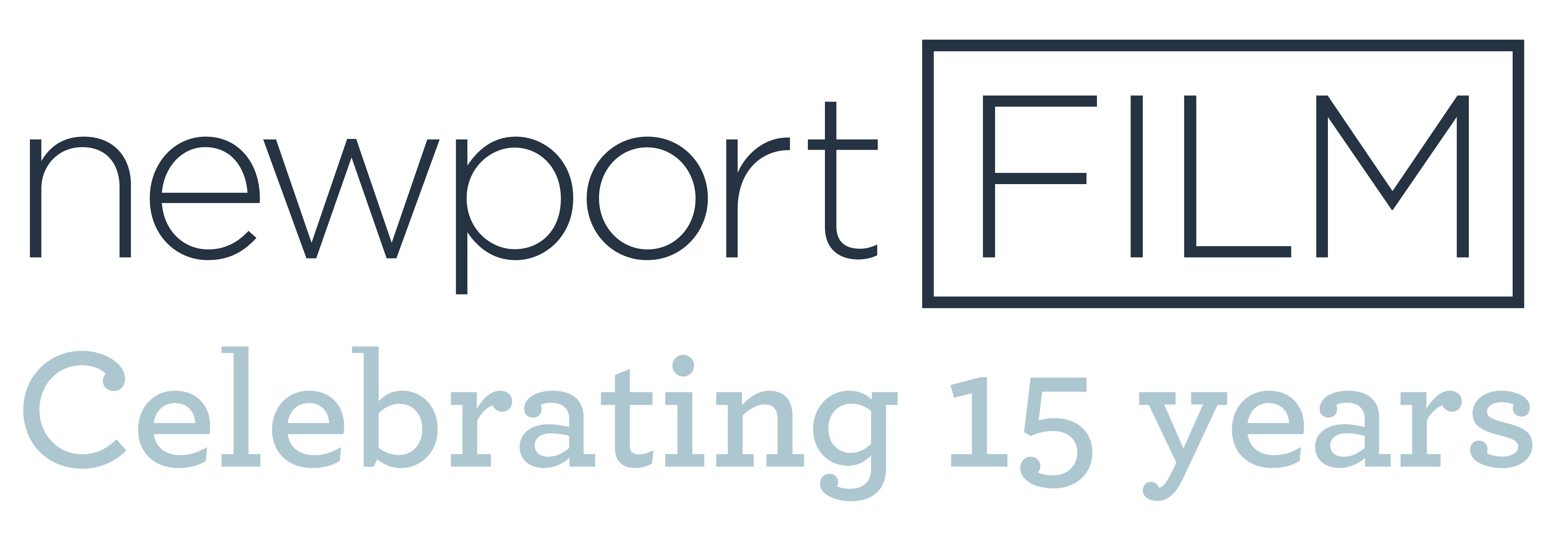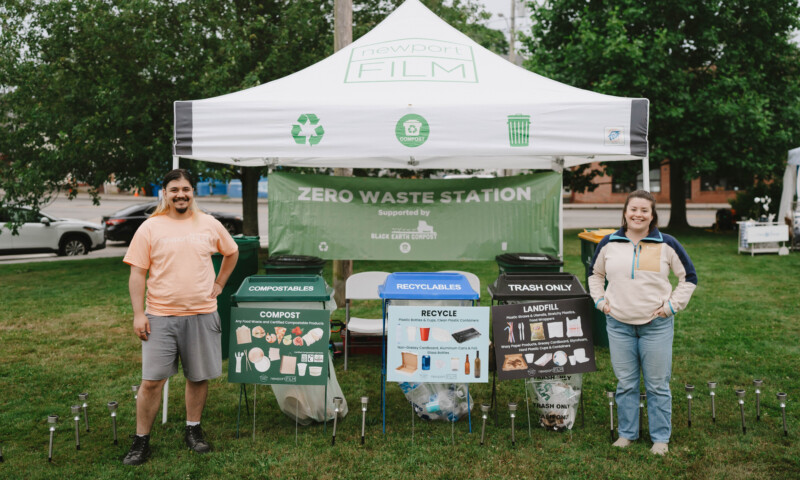This blog post is part of a summer-long series of posts written by Humanities Blogger, Kristen Costa. Check back weekly to get a fresh, informative look at the themes explored in the films we’ll be showing as part of the newportFILM Outdoors series, presented by Lila Delman Real Estate International.
It’s hard to think about some of the recent conflicts and wars in the Middle East without troubling images and reports coming to mind. These first-hand accounts shape our view of the situation and are the work of conflict journalists who do dangerous work to bring the true stories of war to the world. Jim: The James Foley Story tells the harrowing of James Foley, his work, and his ultimate sacrifice in an attempt to tell the true story of conflict in Syria.

A vast majority of journalists reporting from the front lines are actually freelancers, not attached to a particular media outlet. They choose to report from war zones so that the real truth of each conflict can be reported in an unbiased manner. It’s hazardous work. Conflict journalists take the risky assignments for the sake of freedom of speech and telling the stories of the civilians and locals, being both inspired and horrified by what they experience. They all know the stakes, but also the higher purpose to inform and help, even if only by making the rest of the world aware.
Conflict journalism is not entirely a new genre, but it has evolved over time as media and technologies have changed, as well as the way we receive information. Throughout the years, journalists have been embedded within wars and conflicts, but often operating far from the front lines. William Howard Russell is seen as the first modern war correspondent, covering the Crimean War in Europe in the 1850s for The Times of London.
The trend towards reporting from the center of conflicts emerged in the 1980s when technologies enabled journalists to get close to hot spots and action areas with smaller cameras, recorders, and other devices. The surge in this risky reporting occurred in the 1980s in Eastern Europe, after the fall of the Berlin Wall, when there was an increased effort for fair, honest reporting as opposed to the state-sponsored media and propaganda that was rampant.

The work of journalists like James Foley are intensely important to our awareness of conflicts and shape history. Each journalist puts their life in their hands every time they go out on assignment. The Journalists Memorial in Bayeux, France (shown in film) honors the many journalists who have lost their lives on the job since 1944. See their website for a full listing of all those memorialized: thejournalistsmemorial.rsf.org
To learn more about the efforts of James Foley’s family in continuing his legacy with the James W. Foley Legacy Foundation at their website: jamesfoleyfoundation.org

For more information on this week’s Outdoor screening of Jim: The James Foley Story, visit bit.ly/JimFoleyDoc.
The Humanities Blog Series is made possible through major funding support from the Rhode Island Council for the Humanities, an independant affiliate of the National Endowment for the Humanities. The Council seeds, supports, and strengthens public history, cultural heritage, civic education, and community engagement by and for all Rhode Islanders.



